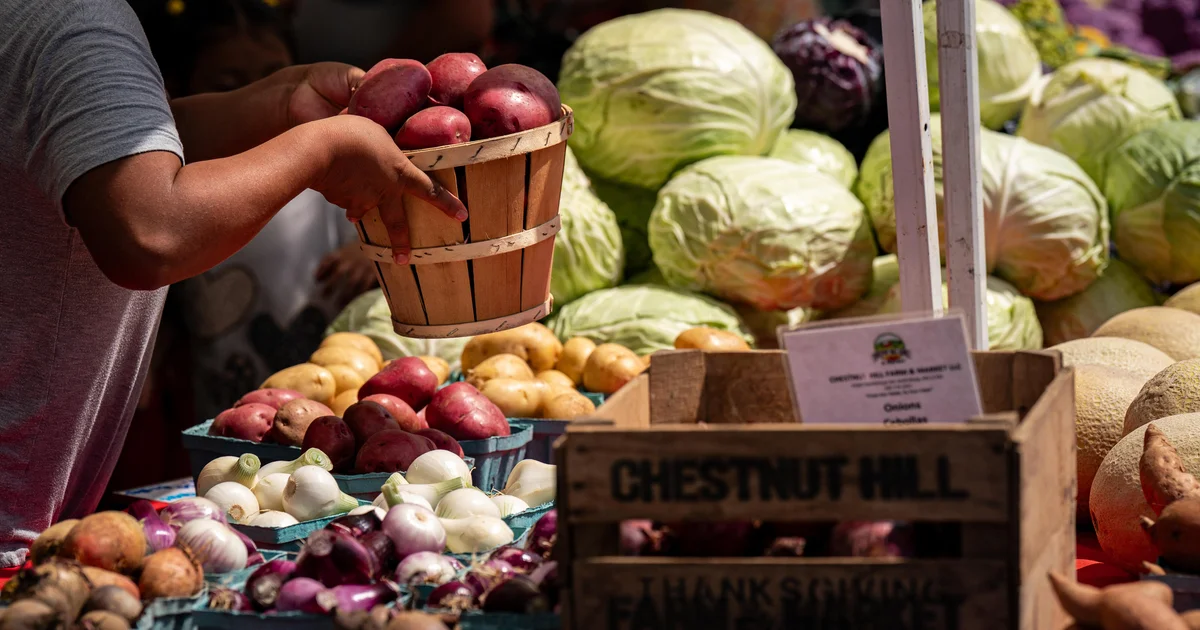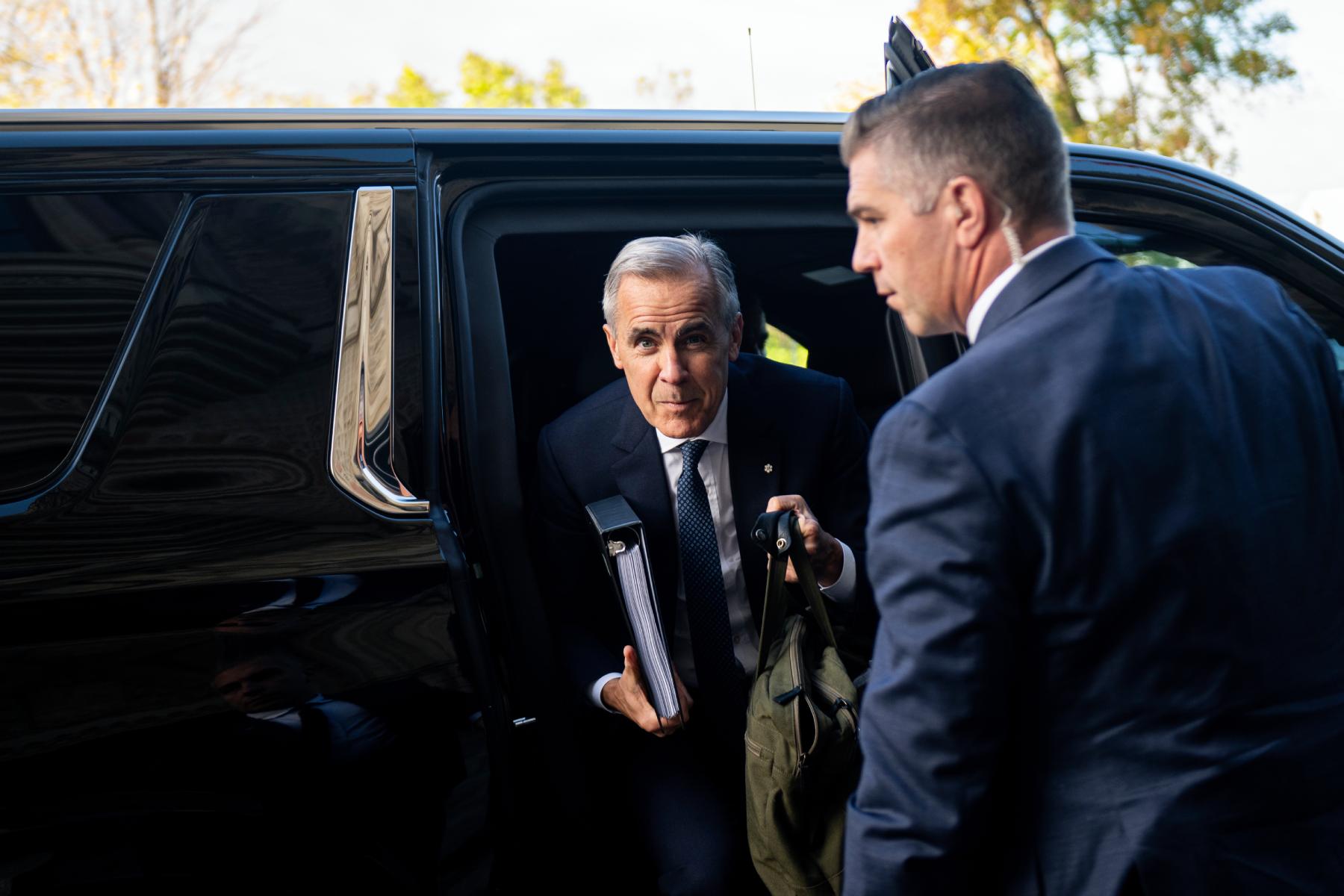Copyright CBS News

Days after Maryland announced it would fill the funding gap for Supplemental Nutrition Assistance Program (SNAP) benefits through the rest of November, many are still waiting on their balances to be updated so they can feed their families. A judge ordered the Trump administration to fully fund November SNAP benefits by Friday, Nov. 7, overruling an earlier decision that ordered the administration to partially fund SNAP. In Maryland, state-funded benefits could go out to residents by next week, according to our partners at the Baltimore Banner. Maryland committed more than $60 million to fill the SNAP funding gap. Farmers impacted by SNAP uncertainty The lapse in funding due to the ongoing government shutdown had a ripple effect in Maryland, impacting those who rely on the benefits and local farmers who offer SNAP recipients the chance to buy fresh produce at local markets. As SNAP funding was in limbo for hundreds of thousands of Marylanders, local farmers did what they could to keep residents fed. According to JP Krahel, an accounting professor at Loyola University, the lapse in SNAP funding not only hurt recipients, but it also hurt the local economy. "If I can't spend SNAP benefits cause I haven't received them, then some local business doesn't receive my business," Krahel said. In Maryland, those local businesses include farmers. The 32nd Street Market brings in about $4,000 per week through SNAP, according to Joan Norman, the owner of One Straw Farm. "As of November 1, I think people are being very cautious," Norman said. "They're paying attention. I think they're being more careful and smart." Farmers market SNAP programs While recipients are still waiting for their SNAP funds, Maryland and local farmers are using another program to help families get by. "The [State] Department of Agriculture has made what they are calling a bridge program," Norman said. "So, a person with a SNAP/EBT card can come to our market. If they have a zero balance, we can give them $20 in market tokens." The tokens are made possible through the Maryland Market Money Program, or MMM. Typically, the program allows markets to match SNAP funds for people who spend up to $20, doubling the money that SNAP recipients can spend. The current workaround ensures people still have access to fresh food. "They can use these tokens at the market for produce, fruit, meat, eggs, cheese, things like that," Norman said. According to Cristina Berthelot, with Maryland's Department of Agriculture, the program also helps local farmers. "It also doubles the dollars that our farmers are missing sales from," Berthelot said. SNAP recipients also get $20 in tokens per household, per day under the MMM Program. Even though farmers will be hit by falling sales — especially if the government shutdown continues into the holidays — they have still tried to do their part to give to those in need, Berthelot said. "In some cases, additional farmers or event markets are adding to this," Berthelot said. "So, they are doing their own fundraising to add on top of the enhancement." In 2024, farmers markets under the MMM Program in Maryland matched more than $670,000 in SNAP transactions. There are over 60 markets considered as Access Points in the program, not including the hundreds of local producers who don't sell at markets in the state. The Maryland Comptroller's Office said SNAP spending supports more than $32 million in income for farmers.



